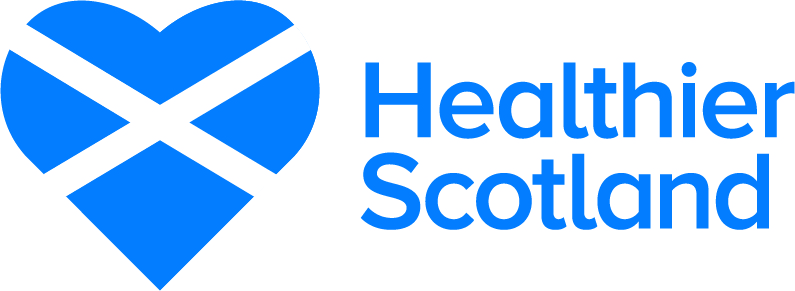Date of last review: Due to be updated
Differential diagnosis
- Ocular hypertension
- Secondary glaucoma masquerading as primary open angle glaucoma
- Primary angle closure / Primary angle closure glaucoma
Possible management by Optometrist
- Refer, as per SIGN guidelines (http://www.sign.ac.uk/sign-144-glaucoma-referral-and-safe-discharge.html), if one or more of the following consistent with glaucoma in either eye:
- Intraocular pressure (at least 2 measurements)- guidelines as for ocular hypertension
- Optic disc cupping (DDLS grading)
- Reproducible field defect
Management Category
- Usually non-urgent referral to ophthalmology
- If intraocular pressure >35mmHg and visual field loss, refer urgently (although these criteria may vary locally)
Possible management by Ophthalmologist
Reduce intraocular pressure pharmacologically considering:
- Estimated target intraocular pressure for the individual patient
- Likely degree of compliance (the simpler, the better)
- Side effects, contra-indications and drug interactions
Most primary open angle glaucoma is treated with eye drops
- Prostaglandin analogues are first choice
- Beta-blockers are second choice (relatively high incidence of unwanted effects)
- Other choices are carbonic anhydrase inhibitors and alpha agonists
- Selective Laser Trabeculoplasty is increasingly used as a first line treatment
- Systemic treatment for primary open angle glaucoma is rarely needed
- Long-term therapy with oral carbonic anhydrase inhibitors may be necessary in a few refractory cases but drug intolerance is common
- Surgery (incisional or non-incisional) may be required

